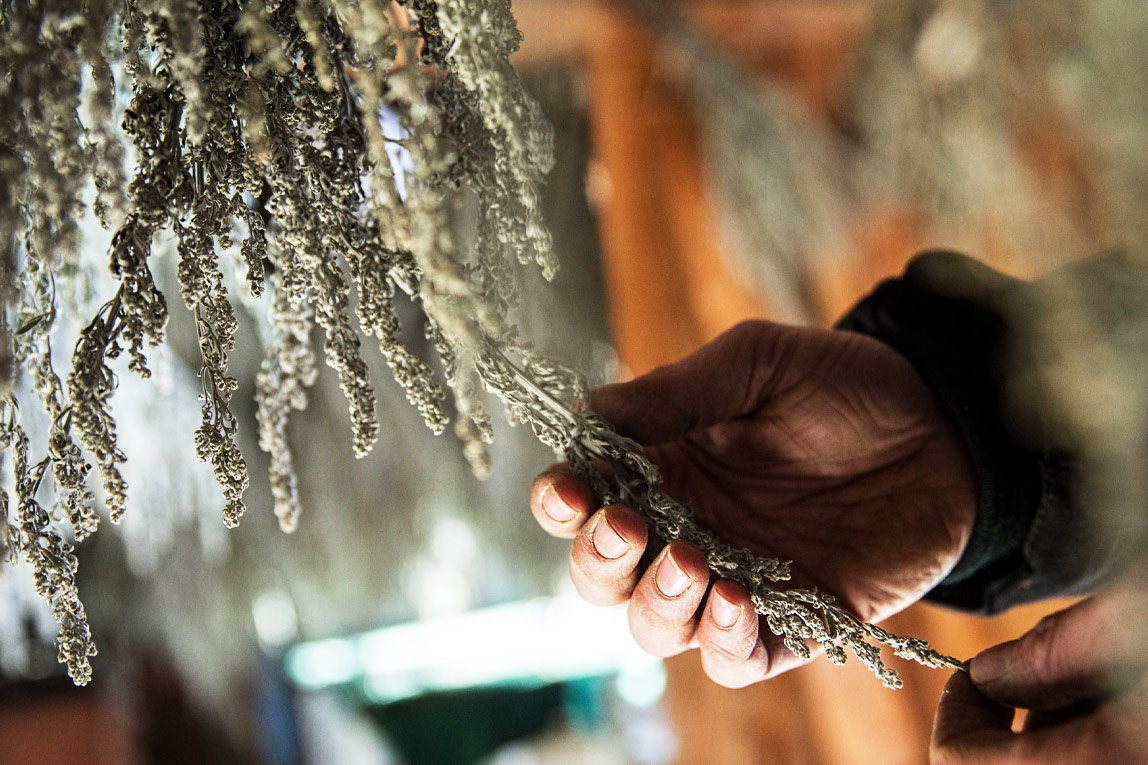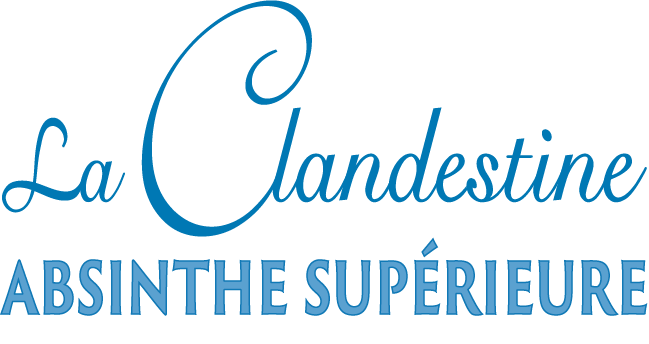H é r i t a g e
H é r i t a g e

Property
V a l - d e - T r a v e r s : l e b e r c e a u d e l ' a b s i n t h e
L’absinthe a été créée dans le petit village de Couvet, dans la région du Val-de-Travers, en Suisse, dans la seconde moitié du 18ème siècle et de nombreuses histoires sont associées à sa naissance. Plusieurs personnages ont été cités comme possibles inventeurs de cette boisson mythique, dont le Docteur Ordinaire, les soeurs Henriod, le Major Dubied, la Mère Henriod et Abram-Louis Pernod.
Il semble qu’un “ extrait d’absinthe ” était disponible dans le commerce à Couvet, dans le Val-de-Travers, dès 1769, que le Major Dubied l’achetait et le buvait, et qu’il s’agissait probablement d’une absinthe macérée. Les recherches ont également permis de déterminer que le Major Dubied a créé sa propre marque sous le nom de “ Dubied Père et Fils ” en 1797 et qu’il a payé des royalties à Madame Henriod avant de distiller sa propre recette.
L’absinthe de Madame Henriod était déjà disponible à la fin des années 1760, comme en témoigne la plus ancienne étiquette connue, qui indique “ Extrait d’Absinthe Qualité Supérieure, de l’unique recette de M’elle Henriod de Couvet ”.
Et qu’en est-il du tristement célèbre Docteur Ordinaire, exilé français arrivé à Couvet en 1767 ? Il est clair qu’il n’est pas arrivé de France avec une recette d’absinthe distillée, car il n’y a pas de traces antérieures ou contemporaines dans son pays d’origine (alors que la Suisse en a beaucoup). Ordinaire n’a donc pas participé à la création de l’absinthe.

Why Couvet?
P o u r q u o i C o u v e t ?

Le “ terroir ”, c’est-à-dire la situation géographique, le climat et l’altitude, fait que la région de Couvet est propice à la culture de nombreuses plantes utilisées dans la distillation de l’absinthe, et notamment de la grande absinthe (Artemisia absinthium). Tout comme les régions de Cognac et de Champagne en France bénéficient des meilleures conditions pour les raisins utilisés dans leurs célèbres boissons, la région du Val-de-Travers bénéficie des conditions idéales pour de nombreuses plantes utilisées dans la fabrication de l’absinthe. Et c’est tout naturellement que les distilleries situées à proximité immédiate ont accès aux plantes les meilleures et les plus fraîches.

"Everything is artisanal and 100% natural."

– Claude-Alain Bugnon, Founder and Owner –
– Claude-Alain Bugnon, Founder and Owner –

Charlotte Vaucher
U n e c é l é b r i t é d a n s l a f a m i l l e !
Imaginez notre joie de voir un blog publié le 22 août 2010, qui détaille une partie de l’histoire de Charlotte … du point de vue de sa famille. Vous trouverez ci-dessous une traduction abrégée :
Nous rêvons tous d’avoir un ancêtre célèbre dont nous pourrions parler à nos enfants. Mes filles sont très fières de leurs origines suisses qui leur viennent de leur père. Et elles le sont encore plus grâce à cette petite histoire que je vais vous raconter …
Mon mari et sa famille sont originaires d’une belle région de Suisse : le Val-de-Travers. Pour ceux qui ne connaissent pas cette belle région, elle est située dans le canton de Neuchâtel à l’extrême ouest de la Suisse et a une frontière commune avec le Jura français. Voilà pour la géographie…

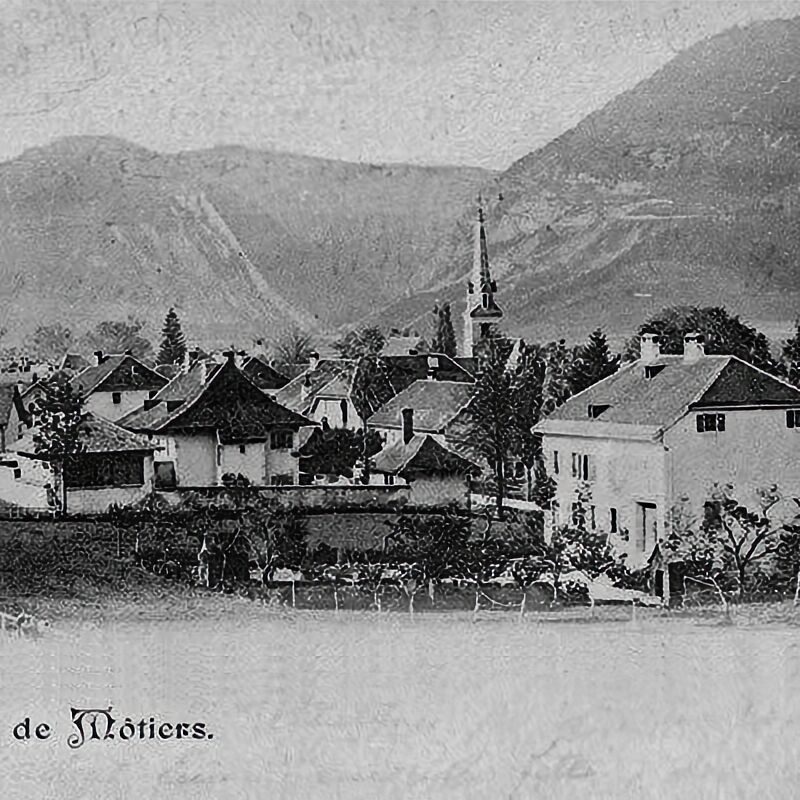
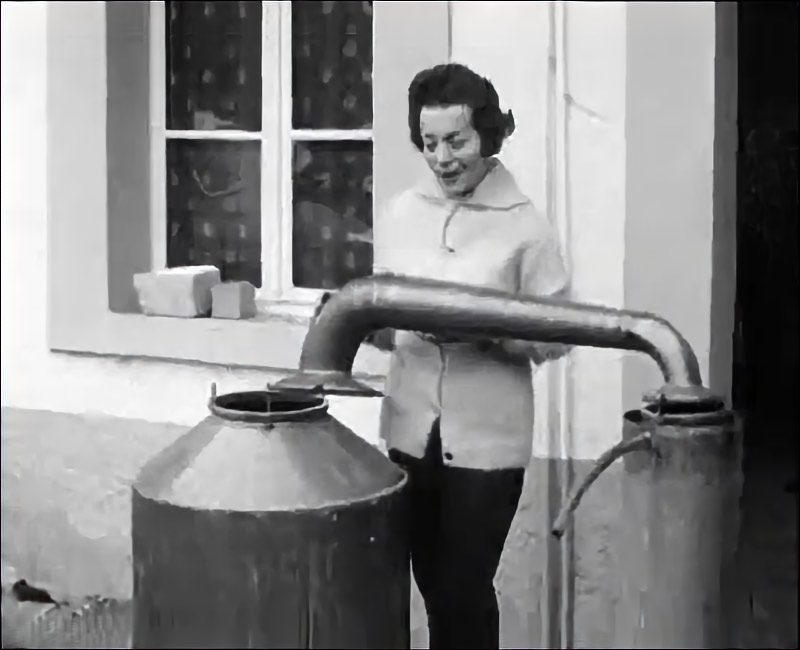

In this lovely country and especially in the Val-de-Travers, there is a tradition: that of ABSINTHE! Green or clear, its roots are in this small region of Switzerland. Now for a little history lesson:
In 1769, an “extrait d’absinthe‘’ was being sold on the market: it is believed to be the first. The very first production of absinthe took place in the Val-de-Travers and more specifically in the small town of Couvet (which is precisely where my husband’s family came from). Indeed, the geography, climate and altitude in the area are ideal for growing plants such as Artemisia absinthium, (or grande wormwood), a key ingredient in absinthe.
In the 19th century, the fame of absinthe spread throughout France and then into most other European countries and the United States. Its immense popularity was not to everyone’s taste, especially not to the producers of wine grapes which had been attacked by phylloxera. The Green Fairy was accused of all the worst evils (she drove people mad, she destroyed families, etc.) and was banned in many countries. But in Switzerland, she survived thanks to the ‘’clandestine resistance‘’ as the artisans of the Val-de-Travers were called.
Green absinthe became strangely clear; some assume this was to fool the inspectors (or the police) into believing that the bottles contained vodka. But we think that these officers knew exactly what was happening and their silence was bought with a few bottles of the Green Fairy!
So where is the family history in all this? Well, one evening, ‘’surfing‘’ on the net, I was reading about this famous banned absinthe that was distilled in Switzerland. A few websites and blogs later, I discovered a page mentioning a distillery in Couvet and a certain ‘’Charlotte.‘’
My curiosity piqued, I asked my husband about this, and I finally made the connection between one of his great-aunts (the aforementioned Charlotte) and a Couvet distiller who produces a famous absinthe exported to the United States. This absinthe is called ‘’La Clandestine‘’ and comes from a recipe left by the enigmatic Charlotte. I realise that this is the Charlotte Vaucher that my husband’s family knows so well … and for good reason!
For many years, my parents-in-law and their four children often went to Aunt Charlotte’s for their holidays. My husband and sister-in-law remembered being allowed to roam throughout the large family residence, except for a single locked room. What better way to capture the interest of the young! But the door remained permanently locked. Those children, now adults, never knew what was hiding in this room … until that evening when I discovered that Aunt Charlotte was indeed a ‘’clandestine‘’ operator who quietly and secretly distilled an absinthe that is now exported to the other end of the world!
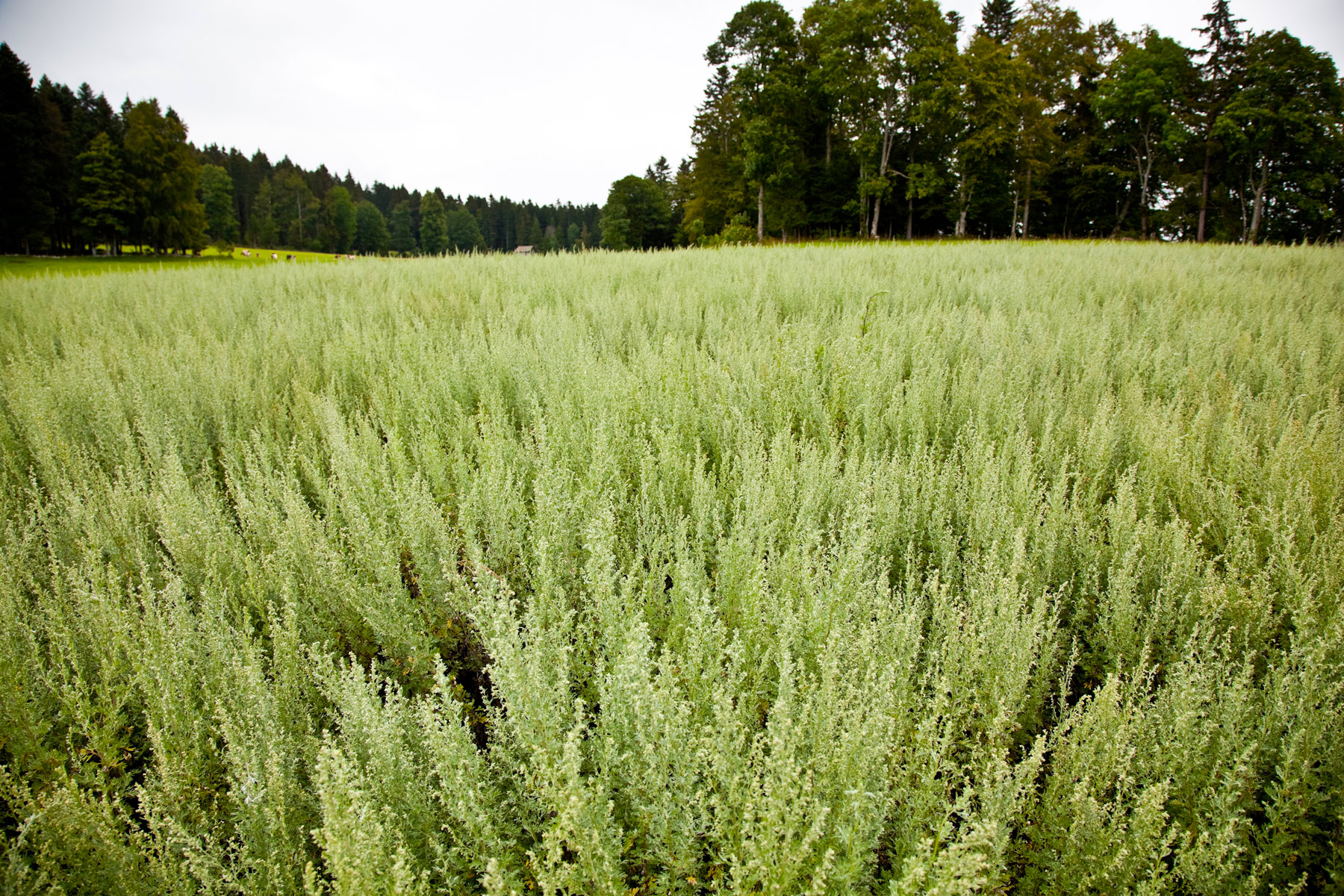
I contacted the distiller in question to confirm the identity of Aunt Charlotte. And, bingo, it is indeed the same person. The memories of my husband and his sister, Sylvie, did the rest! Aunt Charlotte was indeed the « illegal » distiller. So how did Charlotte’s recipe and its « secret » arrive in the hands of the Couvet distiller?
The distiller himself provided the explanation: On the death of Aunt Charlotte, one of her nephews inherited the recipe. Working in an oil company, he was a colleague of Claude-Alain Bugnon who one day decided to give up oil and to start distilling high quality absinthe! One Christmas, Charlotte’s nephew visited his former colleague and asked him if he could make a few bottles of absinthe from Charlotte’s recipe to be given to his family in memory of their aunt or great-aunt.
So the story of La Clandestine begins: a little later, the nephew sells the recipe (which dates from 1935) to Claude-Alain Bugnon who now distributes it in countries from the USA to Asia. Helped of course by the legalisation of absinthe in Switzerland on 1 March 2005, which saw the official launch of La Clandestine!
This story is now part of the ‘’heritage‘’ of my family and my children are even more proud of their Swiss origins!
La Maman
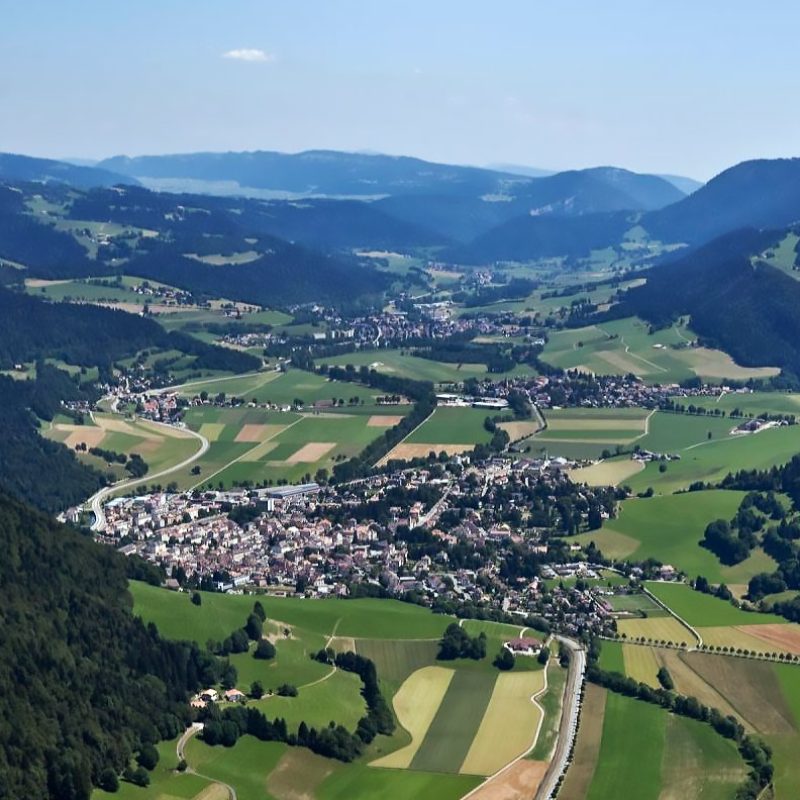
Absinthe was born in the small village of Couvet in the Val-de-Travers region of western Switzerland in the 1730s.
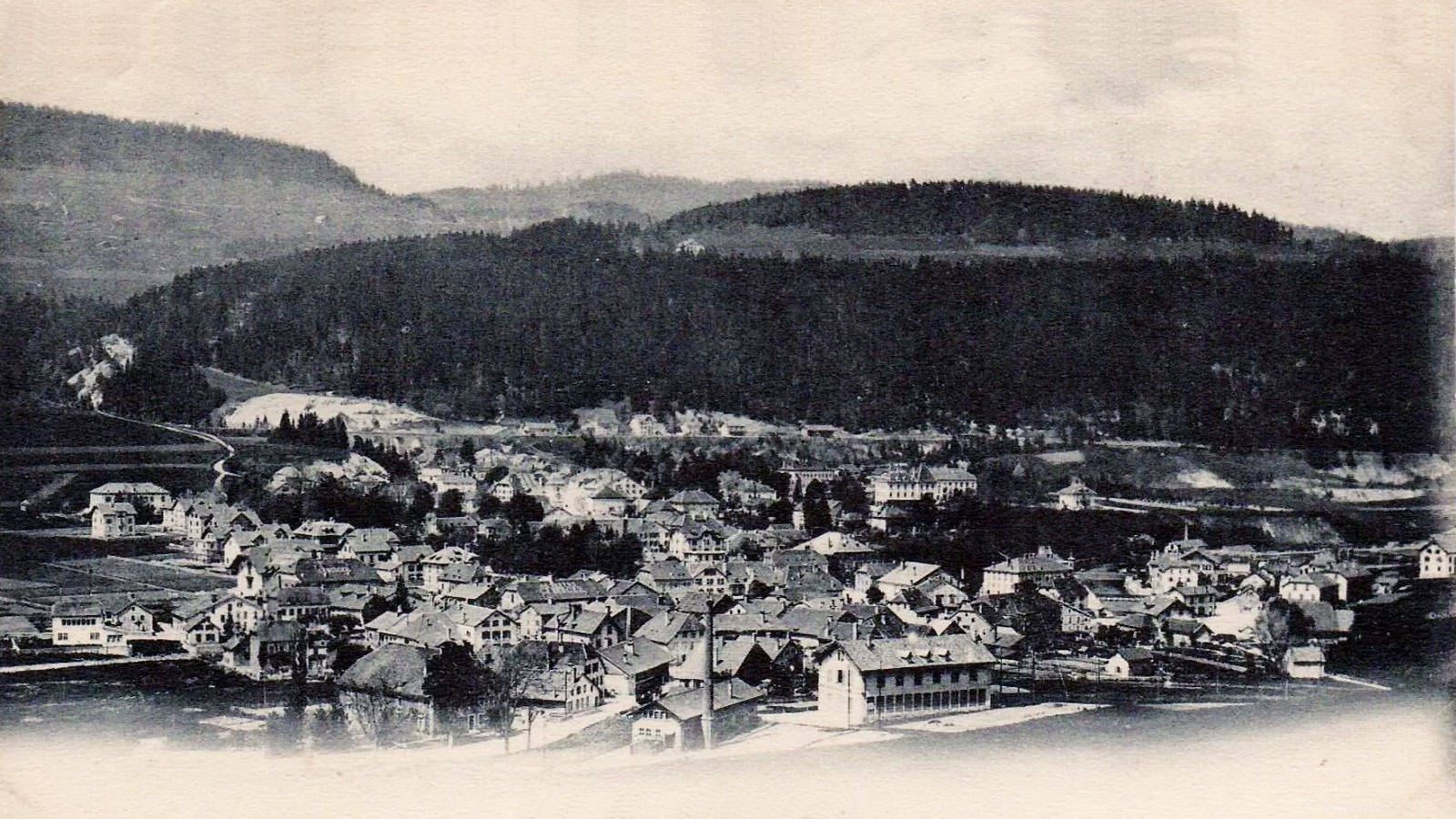
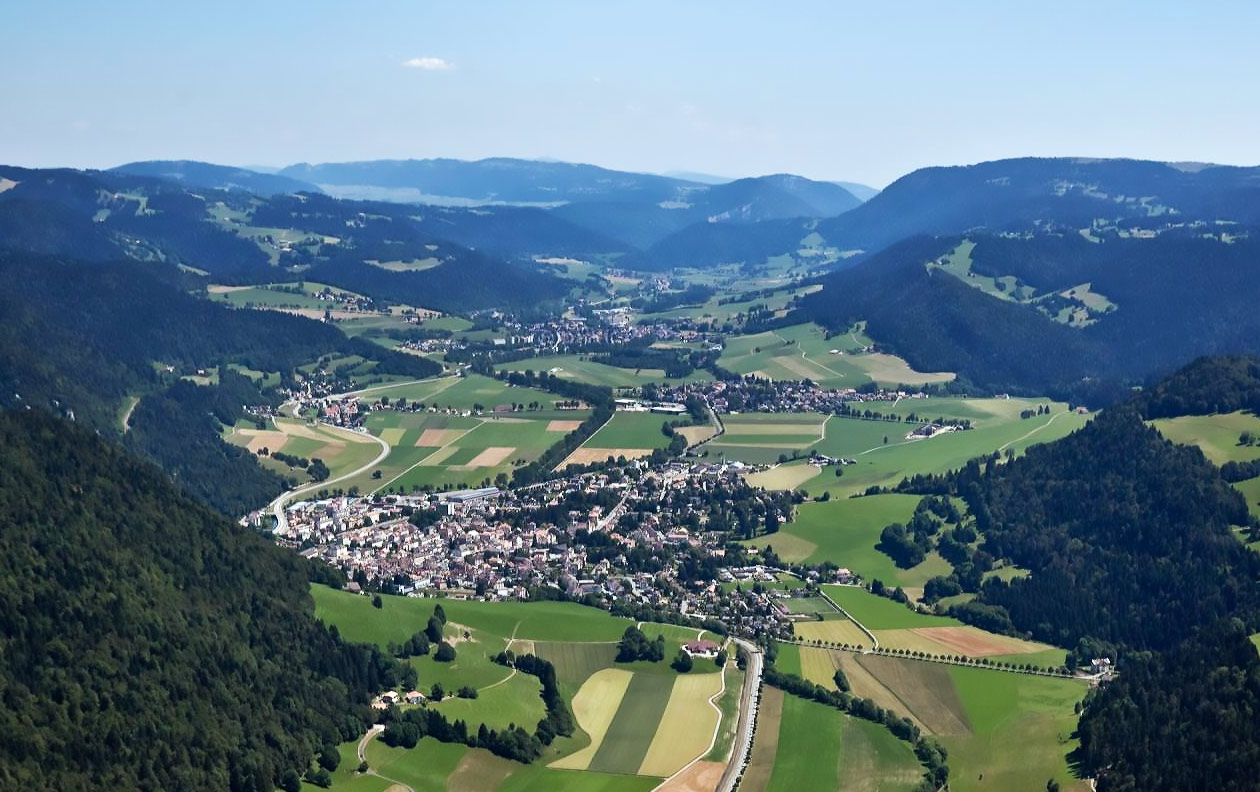
S u s t a i n a b i l i t y
Since its creation in 2004, the Artemisia distillery has chosen to use local herbs including wormwood, a guarantee of quality and a deep-rooted connection to the Val-de-Travers terroir, guaranteeing consumers original, authentic products.

